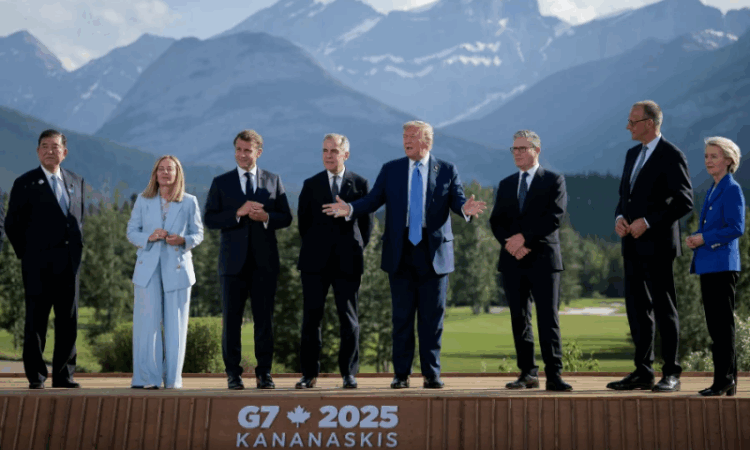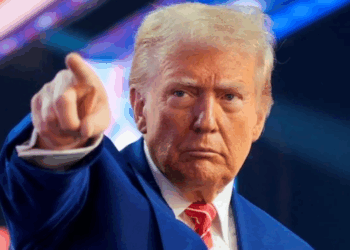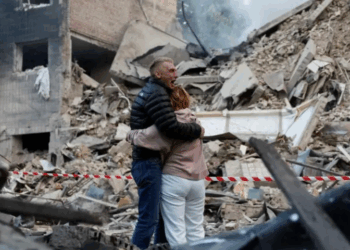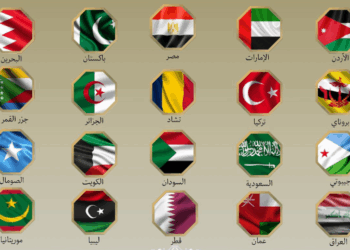Kananaskis, June 17, 2025: Leaders of the Group of Seven (G7) nations have issued a joint appeal for de-escalation in the Middle East, including a ceasefire in Gaza, but stopped short of explicitly calling for an end to hostilities between Israel and Iran. The statement came amid an escalating regional conflict and during a tense G7 summit held in Kananaskis, Canada.
The joint communiqué, released Monday night, reaffirmed support for Israel’s right to self-defense and accused Iran of being a destabilizing force in the region. It reiterated the bloc’s unified stance that “Iran must never obtain a nuclear weapon.” However, efforts to include language explicitly calling for a ceasefire between Israel and Iran were reportedly blocked in the interest of maintaining consensus among G7 members.
The summit was notably overshadowed by the ongoing Israel-Iran conflict, which has escalated dramatically since Israel launched a surprise air assault last Thursday, reportedly targeting Iranian military commanders and nuclear scientists. Iran responded with ballistic missile strikes, including a major salvo early Tuesday that targeted areas near Israel’s Mossad intelligence headquarters.
U.S. President Donald Trump abruptly left the summit before its final day, citing unspecified “big developments” and “obvious reasons” tied to the situation in the Middle East. His departure came shortly after he posted on his Truth Social platform urging Iranians to “immediately evacuate Tehran,” fueling speculation that U.S. military forces might join Israeli operations—claims that American officials later denied.
Trump’s press secretary, Karoline Leavitt, said the president had a “productive day” at the summit and highlighted a newly signed UK-U.S. trade agreement. However, she declined to provide details on his early exit beyond referencing “ongoing developments in the Middle East.”
Reports also emerged that Trump had ordered an emergency meeting of the National Security Council upon his return to Washington, as Defense Secretary Pete Hegseth announced the deployment of additional U.S. capabilities to the region to strengthen the country’s “defensive posture.”
Trump was scheduled to hold in-person meetings with Ukrainian President Volodymyr Zelensky and Mexican President Claudia Sheinbaum on Tuesday—sessions he will now miss. His absence adds further ambiguity to the U.S. diplomatic position, particularly as he continues to dismiss suggestions that he is working toward a ceasefire.
The G7 leaders’ joint statement attempted to strike a balance between reaffirming support for Israel and promoting regional calm. “If the United States can achieve a ceasefire, that’s a very good thing,” said French President Emmanuel Macron, who had earlier suggested diplomatic efforts were underway—remarks that drew public rebuke from Trump.
In a post on Truth Social, Trump called Macron’s comments “wrong,” adding: “Whether purposely or not, Emmanuel always gets it wrong. Stay tuned!”
Despite earlier concerns of division, the G7 statement reaffirmed unity on core principles, particularly opposition to Iranian nuclear ambitions and support for Israeli security. “Iran is the principal source of regional instability and terror,” it read. “We have been consistently clear that Iran can never have a nuclear weapon.”
Still, analysts described the wording as a diplomatic compromise that lacked urgency given the scale of the escalating conflict.








